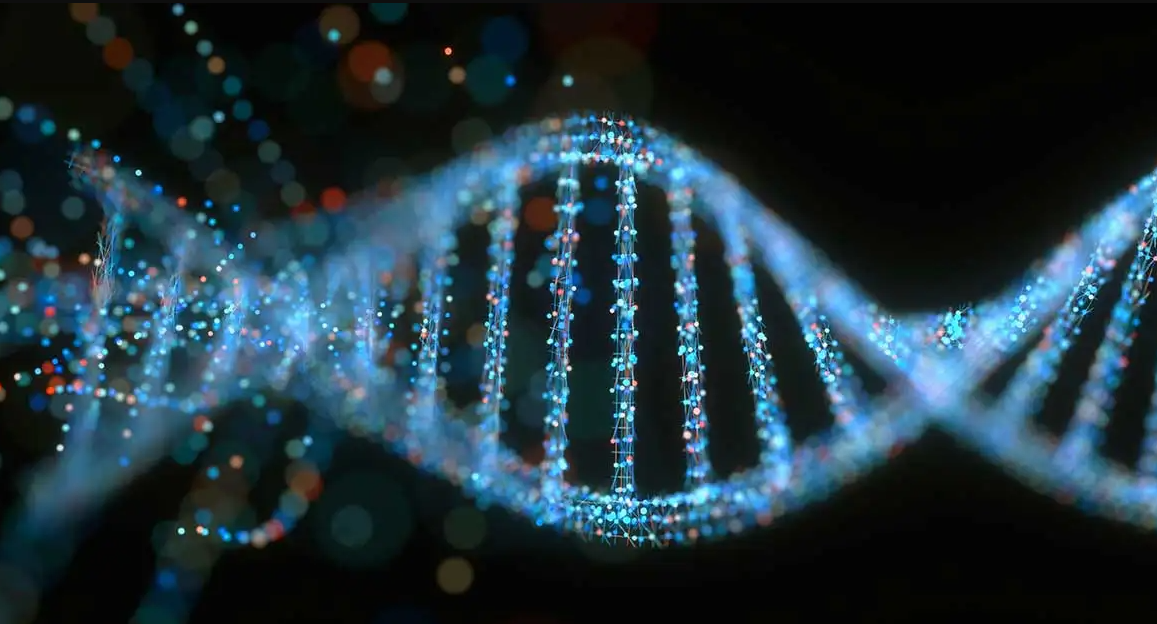
A recent study has revealed that an enzyme from E.coli bacteria made more errors in copying synthetic DNA when exposed to zero gravity than the enzyme made in normal gravity.
The paper raises the possibility that some enzymes may function differently in space compared to Earth. “It gives us the idea that other enzymes involved in maintaining the integrity of our DNA (such as polymerases) may be affected by space travel,” said a radiation cancer biologist at Colorado State University in Fort Collins, who has studied DNA. says Susan Bailey. Damage from space radiation and did not contribute to the new paper.
Aaron Rosenstein, the paper’s lead author and a bioengineering graduate student at the University of Toronto, said, “This discovery calls for further investigation of other enzymes involved in critical pathways intrinsic to life and survival.”
Scientists know that spending long periods of time in space affects the physiology of astronauts and can cause health problems. Microgravity can cause muscle atrophy, decreased bone density, and vision problems. It can also cause the brain and cerebrospinal fluid to shift, which can be linked to brain damage.
While in space, astronauts are also exposed to radiation from the Sun and distant galaxies. Rosenstein said, “Radiotype acts like a bowling ball and DNA is the bowling pins”. Bailey said, “These particles are moving so fast that they break DNA or cause mutations through these different mechanisms.” This damage to DNA could put astronauts at increased risk for cancer and degenerative diseases.
Rosenstein said it’s not clear what effect microgravity might have on DNA. He studies DNA polymerases, a group of enzymes that transcribe and repair DNA damage. Polymerases read the sequence of the four types of nucleotide bases on the original strand of DNA and place the matching base on the corresponding part of the new strand. But these polymerases aren’t perfect, so some fix the enzymes by their purity check and double-check their activity and note where they made a mistake.
When he was a master’s student at Queen’s University in Kingston, Ontario, Rosenstein wanted to test whether polymerases make frequent mistakes in microgravity, which could hold implications for how to repair radiation damage in space. Some research studying microgravity is done in space at places like the International Space Station. Rosenstein, whose experiment was easier to run close to Earth, achieved zero gravity by instantaneously performing a series of climbs and dives in an aircraft nicknamed the “vomit comet.” As the plane moves 10,000 feet above Earth’s surface to the top of its parabolic flight, its contents experience a brief, 20-second weightless period.
On board, Rosenstein was strapped into his seat with his laptop and the payload he had prepared for the experiment in front of him. When the plane reached zero gravity, Rosenstein used a robotic device to inject polymerases from E. coli into a mixture with synthetic single-stranded DNA. As the plane left zero gravity, he injected more of the mixture to stop the reaction.
Rosenstein said experiencing zero gravity is like riding a rollercoaster. “Your brain, at least at first, is telling you, ‘Something’s wrong here,'” he said. “‘We’re not really sure what this is, but we don’t like it.’
Back on Earth, the data showed that polymerases with the proofreader attached made slightly more errors on the vomit comet than when the plane was in normal gravity, but this effect was not always statistically significant. The polymerases made even more errors when the proofreading enzyme was not involved (some polymerases have no proofreading), Rosenstein suggested that the proofreading was able to correct additional errors made by the transcription segment. The research was published last November in the journal Frontiers in Cell and Developmental Biology.
Bailey said the study has no direct implications for the health of astronauts during long-duration spaceflight. Because the experiment used polymerases from bacteria and the DNA was exposed to zero gravity for only 20 seconds, the research was “a far cry from what astronauts actually experience,” she said. The E.coli polymerases used in the experiment are part of a family of polymerases that are only a few of the 14 known DNA polymerases that humans have, Rosenstein said.
Human cells also have other mechanisms to detect errors. “There are a lot of inconsistent repair processes, like big, big roads, to stop this from happening,” Rosenstein said. “Several other follow-up studies are needed to prove this effect in human cells and to understand why this effect is ultimately significant or not.”
He added, “Radiation is the main cause of the distortions we see in space”.
But Bailey said that if some polymerases are affected by microgravity, it could apply to the astronauts’ telomeres, the segments of DNA at the ends of chromosomes thought to be associated with human aging. Bailey studied a type of polymerase called telomeres, which transcribes telomeres, and how spaceflight affects telomere length. She said, “This paper lends some support to the idea that [telomerase activity] can be influenced by microgravity”.